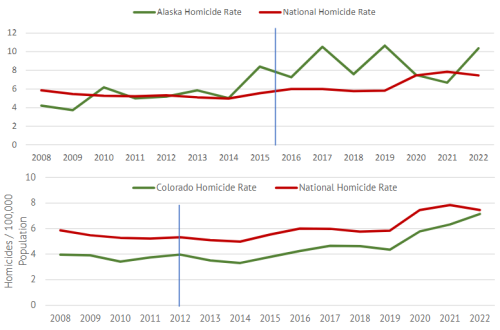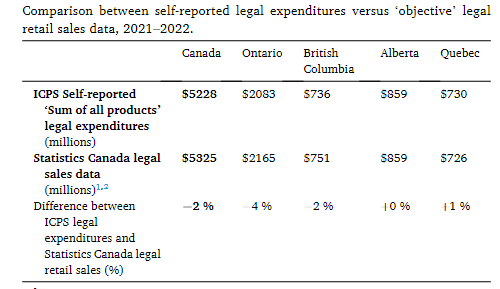Drug Policy Question of the Week – 5-25-10
As answered by Mary Jane Borden, Editor of Drug War Facts for the Drug Truth Network on 5-25-10. http://www.drugtruth.net/cms/node/2912
Question of the Week: Is the use of paramilitary SWAT raids in drug enforcement effective?
First, let’s count the numbers. The Office of National Drug Control Policy noted in its fiscal year 2010 Budget Summary that,
“For FY 2007, … there were almost 620 HIDTA [High Intensity Drug Trafficking Areas] initiatives.”
The ONDCP said that these
“HIDTA initiatives … seized $673 million in cash, and $203 million in noncash assets from drug traffickers.” And “These initiatives identified more than 7,300 DTOs [drug trafficking organizations] operating in their areas.”
SWAT units are often integrated into HIDTA initiatives.
Rodney Balko found in his 2006 Cato Institute analysis that
“these increasingly frequent raids, 40,000 per year by one estimate, are needlessly subjecting nonviolent drug offenders, bystanders, and wrongly targeted civilians to the terror of having their homes invaded while they’re sleeping, usually by teams of heavily armed paramilitary units dressed not as police officers but as soldiers.”
Further, Balko countered that the seizure of cash and assets, called forfeiture, cause
“police officials [to] feel increasing pressure to send SWAT teams out on drug assignments, where the assets seized come back to the department and can help offset the costs of having a SWAT team in the first place.”
So, despite disrupting drug traffickers and seizing of hundreds of millions of assets, often needed to fund the SWAT teams themselves, HIDTA still identified over seven thousand drug trafficking organizations. Sound effective?
Further, a new report by the International Center for Science in Drug Policy reviewed the scientific evidence concerning this approach to drug law enforcement and confirmed that it,
“contributes to gun violence and high homicide rates and that increasingly sophisticated methods of disrupting organizations involved in drug distribution could unintentionally increase violence.”
Possibly, violence begets violence?
These facts and others like them come from the Drug Interdiction Chapter of Drug War Facts.



